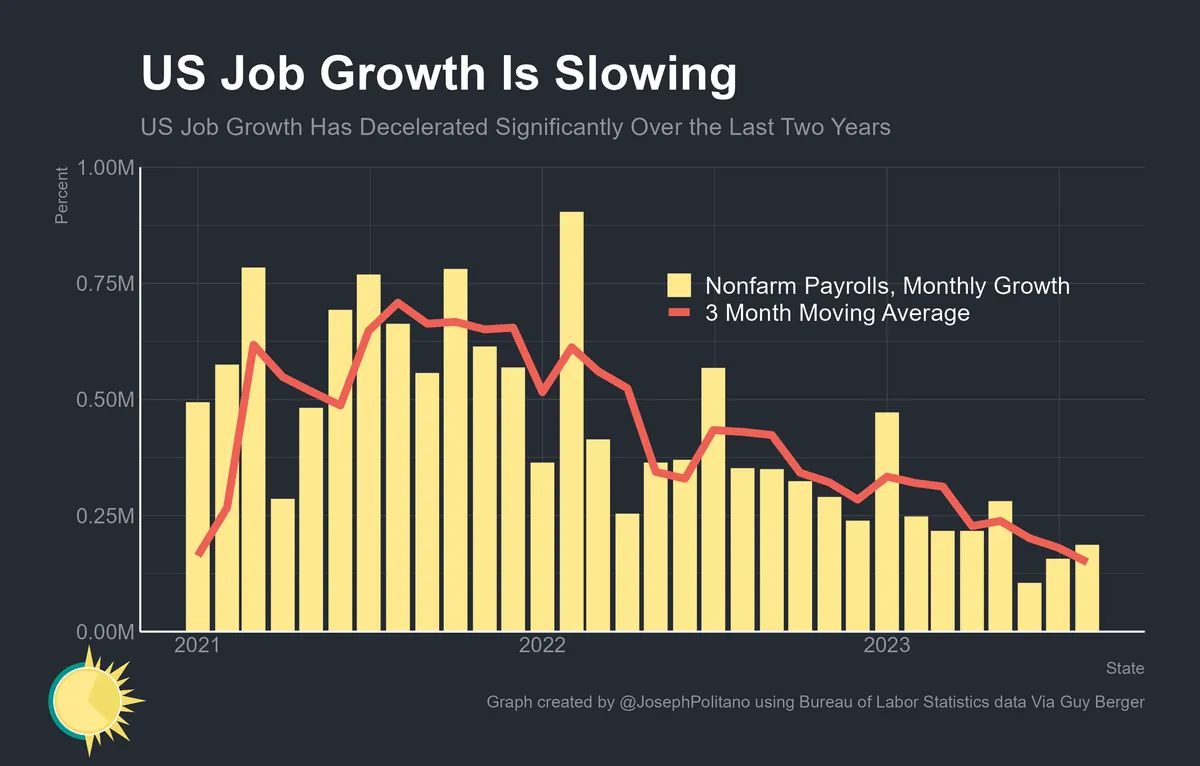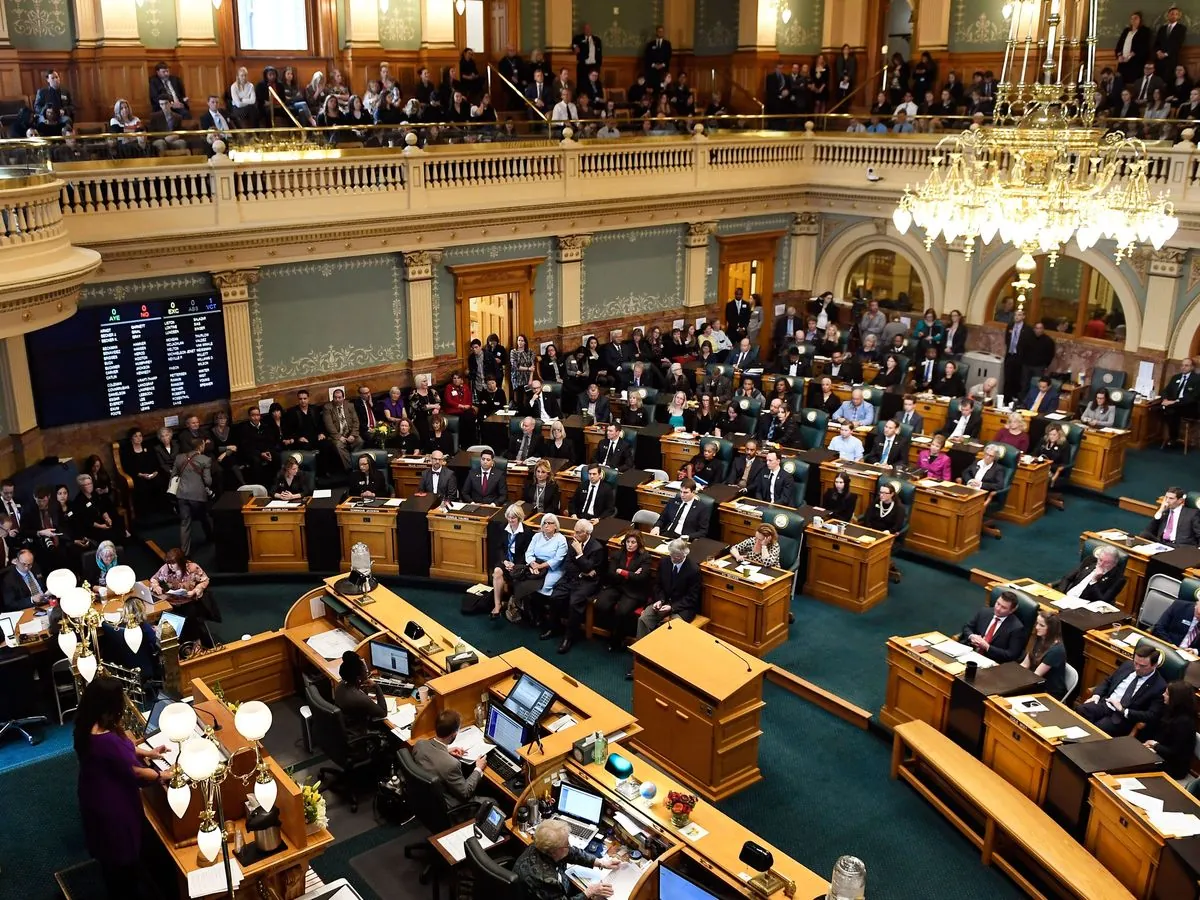U.S. Job Market Maintains Steady Pace Amid Economic Shifts
September jobs report expected to show continued moderate growth. Economists analyze trends for signs of market rebalancing or potential recession as labor dynamics evolve post-pandemic.

The U.S. labor market continues to demonstrate resilience, maintaining a steady yet moderated pace of growth. As economists eagerly await the September jobs report, scheduled for release on October 4, 2024, expectations are set for a continuation of this trend. This report holds particular significance as one of the final economic indicators before the November 2024 election.
Forecasts suggest the addition of approximately 140,000 new jobs in September, closely mirroring the previous month's 142,000 gain. The unemployment rate is anticipated to remain stable at 4.2%. These projections align with the current state of full employment, reflecting a robust economic expansion.
Joe Brusuelas, chief economist at RSM U.S. LLP, notes:
"It's absolutely consistent that firms should slow the pace of hiring at this time"
This perspective underscores the natural progression of labor market dynamics as the economy reaches a mature stage of growth.
The Federal Reserve's recent decision to reduce interest rates for the first time since 2020 marks a significant shift in monetary policy. This move, aimed at easing financial conditions, signals the end of a period characterized by high inflation. While the rate cut is expected to provide relief to borrowers, its impact on job growth may vary across sectors.

The healthcare and social assistance sectors continue to be primary drivers of job growth, fueled by consistent demand from an aging baby boomer population. This trend aligns with projections indicating that healthcare occupations will see the most significant job additions from 2020 to 2030.
Despite the overall positive outlook, certain indicators suggest a softening labor market compared to pre-pandemic levels. The hiring rate has slowed to its lowest pace in a decade, excluding the pandemic shutdown period. Additionally, workers are quitting their jobs at the lowest rate since June 2020, as revealed by the Job Openings and Labor Turnover Survey (JOLTS).
Kevin Rinz, a senior fellow at the Washington Center for Equitable Growth, observes that rising labor force participation has outpaced hiring, contributing to the gradual increase in unemployment since early 2023. This trend highlights the complex interplay between labor supply and demand in the current economic landscape.
The U.S. labor market's journey reflects broader economic shifts. Since the 1950s, the manufacturing sector has seen a decline in its share of total employment, while the gig economy has experienced significant growth since 2010. These structural changes underscore the evolving nature of work in the United States.
As the nation approaches its potential 12th recession since World War II, economists remain vigilant. The concept of full employment, which doesn't imply zero unemployment but rather the lowest sustainable rate, continues to guide policy discussions. The natural rate of unemployment, or NAIRU, serves as a benchmark for assessing labor market health without triggering inflationary pressures.
The upcoming jobs report will provide crucial insights into whether the current slowdown represents a healthy rebalancing of labor market dynamics or signals potential economic challenges ahead. As the U.S. navigates these economic shifts, the resilience and adaptability of its labor market remain key factors in maintaining long-term economic stability and growth.


































